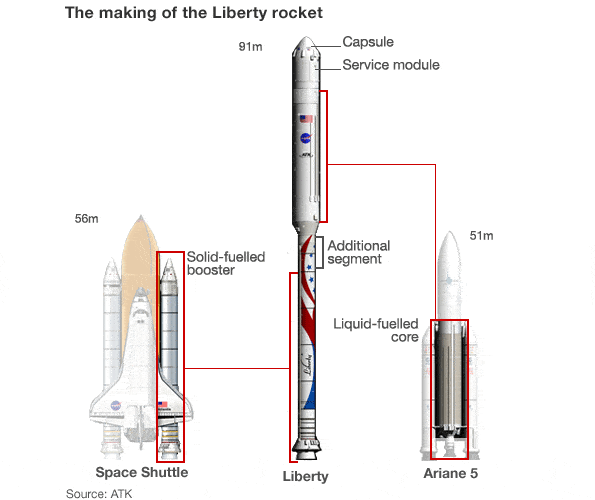Since the space shuttle program was cancelled last year, NASA has been looking for various alternatives to sending manned crews in space, particularly the International Space Station. A number of private space companies have jumped on the bandwagon since then, spearheaded by SpaceX, which is slated to make its first flight to the International Space Station next week, once with the launch of its unmanned Dragon capsule. Still, an alternative for launching astronaut crews in space to the now defunct shuttle and the currently in use Soyuz rental-spacecraft has yet to have been materialized. It’s pretty clear by now that NASA maybe would’ve been better off postponing the shuttle retirement by a few years – then again, it’s not like anyone from congress cares about the space agency anymore; see the ever dwindling budget cuts.
Alliant Techsystems (ATK), however, an Utah based company, is very confident that it can supply the next spacecraft capable of manning space missions in the form of its soon to be completed Liberty rocket. A Frankenstein-like contraption, the rocket is half space shuttle side boosters, half European Ariane 5 – the rocket which has sent the most telecommunication satellites into space ever. The company boosts that both are proven, reliable systems, which already exist and encompass billions of dollars worth of research. By combining the two, ATK hopes to have its first manned launch by 2015.
Besides, the two shuttle/Ariane modules, ATK has also added a capsule to go on top of the rocket to carry astronauts, which comes with an abort system to pull the capsule clear of Liberty if there is a malfunction. The capsule is also fitted with a propulsion module to carry it through space







